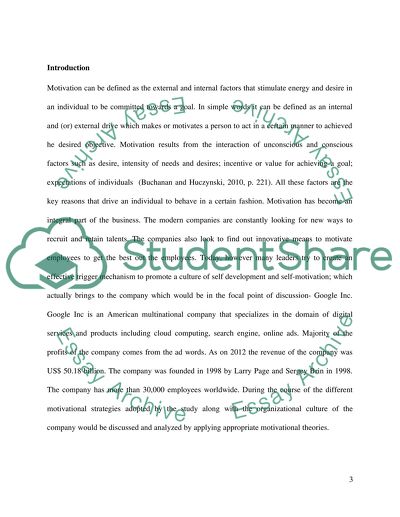Cite this document
(“Motivational practices of an organization Essay”, n.d.)
Retrieved from https://studentshare.org/human-resources/1478722-motivational-practices-of-an-organization
Retrieved from https://studentshare.org/human-resources/1478722-motivational-practices-of-an-organization
(Motivational Practices of an Organization Essay)
https://studentshare.org/human-resources/1478722-motivational-practices-of-an-organization.
https://studentshare.org/human-resources/1478722-motivational-practices-of-an-organization.
“Motivational Practices of an Organization Essay”, n.d. https://studentshare.org/human-resources/1478722-motivational-practices-of-an-organization.


